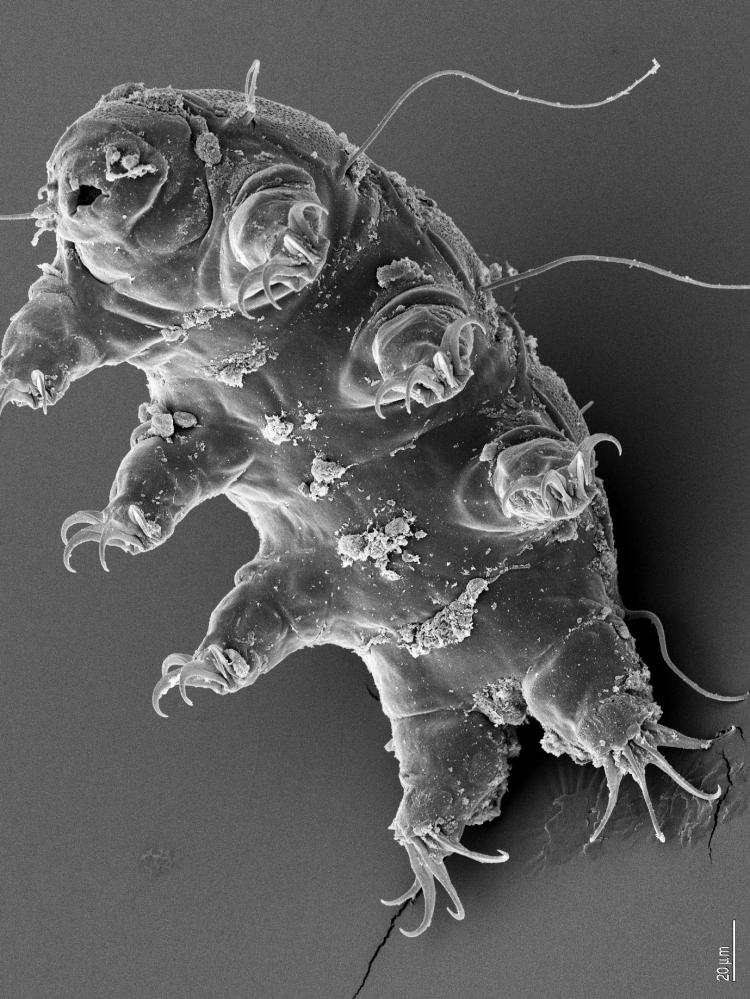I have often blogged about the dangers of radiation to human health. In addition to cancers being caused by radioactive materials, there are a variety of other serious illnesses that can be caused by exposure to radiation. It is true that we are all exposed to what is called background radiation from naturally occurring uranium, radium and radon. However, the linear, no-threshold model of radiation health effects states that there is no safe level of radiation when it comes to health. Metastudies of epidemiological patterns indicate a correlation between radiation related illnesses and the level of natural background radiation. Major nuclear accidents and the detonation of nuclear weapons can increase the background radiation levels over broad areas and increase health risk. With increasing levels of cancers in human populations, radiation treatments are another place where normal people are exposed to more radiation than in the past.
I have mentioned in previous blogs that there are organisms such as the bacteria named Deinococcus Radiodurans that have extremely high tolerance for radiation because of their protein repair mechanisms. Naked mole rats also have a mechanism for insuring the integrity of their proteins that would confer some resistance to the damage caused by radiation. They do not get cancer. Now scientists have found that a tiny creature called a tardigrade also has built in radiation resistance.
Tardigrades are tiny creatures about a millimeter long that feed on moss. They are incredibly hardy and can survive conditions that would kill almost any other living creature. They can survive temperatures from near absolute zero to a hundred degrees Centigrade. If they become dehydrated, they can lose up to ninety seven percent of their water and enter a dormant stage. When they are rehydrated, they come back to life. They can survive the vacuum of space. They can survive pressures much greater than the deepest parts of the world's oceans. Now it has been found that they can survive what should be lethal doses of radiation.
Their radiation resistance is based on a protein that is called "damage suppressor" or Dsup for short. The Dsup protein encloses the tardigrade DNA and protects it. The Dsup does not interfere with the normal function of the DNA. It is also possible that the Dsup helps to remove what are called reactive oxygen species which could damage DNA.
The researchers manipulated the genes for human kidney cells to produce Dsup. They found that the Dsup in the human cells also protected the human DNA. When subjected to X-rays, the Dsup protection reduced the damage by up to fifty percent over unprotected kidney cells. It is possible that incorporating Dsup into all the cells in an animal or a human being could confer radiation protection for the whole organism. However, this would be much more difficult than working with cultures of individual cell types.
With the development of these gene-editing technologies, it may be possible to give human beings the ability to resist radiation damage from environmental and medical radiation. Such resistance would also be useful to help protect astronauts on space missions.
Tardigrade:
